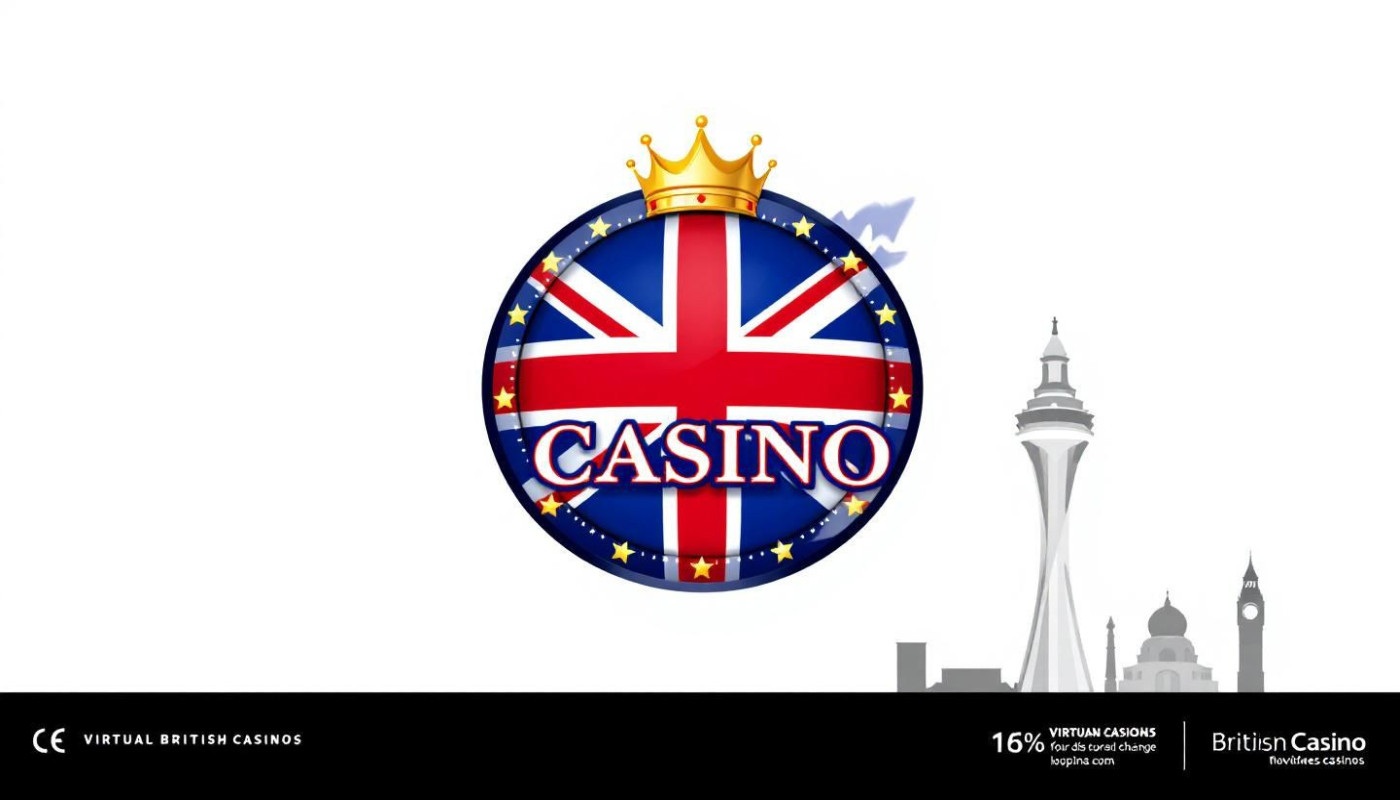Table of contents
Sustainable fashion is rapidly transforming the way clothing is designed, produced, and consumed. As awareness of environmental challenges grows, the fashion industry is adapting by embracing innovative approaches that prioritize planet-friendly practices. Discover how these latest trends are shaping a more eco-conscious and responsible world of style in the following sections.
Innovative eco-friendly materials
The evolution of sustainable fabrics has accelerated with remarkable progress in meeting both environmental and aesthetic needs. Plant-based textiles such as organic cotton, hemp, bamboo, and Tencel have gained significant attention for their low water requirements, ability to sequester carbon, and minimal pesticide usage. These materials not only reduce ecological footprints but also offer soft, breathable textures ideal for everyday wear. Biodegradable fibers like polylactic acid (PLA) derived from corn starch, and proteins sourced from soy or milk, are setting new standards by breaking down naturally at the end of their lifecycle, thereby preventing landfill accumulation. Recycled fashion is also revolutionizing the industry, utilizing post-consumer waste such as PET plastic bottles and discarded fishing nets to create durable and stylish yarns, significantly lowering resource consumption and greenhouse gas emissions. A pivotal breakthrough in sustainable fashion is the adoption of the closed-loop production system, where waste from manufacturing and post-consumer use is recaptured and reintegrated into new materials, greatly minimizing the need for virgin resources. The synergy between eco-friendly materials and advanced production technologies ensures that sustainability does not compromise style, durability, or comfort, positioning responsible fashion practices at the forefront of modern design.
Ethical production methods explained
Ethical production in the sustainable fashion industry centers on a commitment to fair labor practices, responsible sourcing, and the adoption of a transparent supply chain. Brands that prioritize ethical production ensure workers receive safe working conditions, fair wages, reasonable hours, and respect for their rights. Sustainable manufacturing processes rely on rigorous audits and internationally recognized certifications such as Fair Trade, SA8000, and GOTS to verify adherence to social and environmental standards. Traceability plays a significant role, enabling brands and consumers to track raw materials and finished products at every stage, thus fostering transparency and accountability. Responsible sourcing goes beyond material selection, requiring partnerships only with suppliers committed to ethical treatment of workers and minimized environmental impact. A transparent supply chain integrates open communication, third-party verification, and regular inspections to uphold brand credibility and protect worker welfare in an industry increasingly scrutinized for its social and environmental footprint.
The rise of slow fashion
The slow fashion movement is reshaping the way consumers approach their wardrobes, with a growing emphasis on mindful consumption, durable clothing, and timeless design. Unlike the rapid cycles of fast fashion, slow fashion places value on garments made to last, encouraging shoppers to consider the longevity, quality, and environmental impact of every purchase. This shift not only supports artisan craftsmanship and small production runs but also prompts brands and consumers alike to engage in life cycle assessment — a technical evaluation of a product's environmental footprint from creation to disposal. By prioritizing classic, versatile styles over fleeting trends, slow fashion helps to reduce waste in landfills, tackling one of the fashion industry's most persistent pollution problems. Shoppers are increasingly drawn to durable clothing that withstands frequent wear and maintains its appeal through changing seasons. This mindful approach fosters a culture where sustainability and ethical practices are at the forefront, redefining what it means to be truly fashionable in a world focused on reducing environmental impact.
Technology driving sustainability
Sustainable technology is rapidly transforming the fashion industry by introducing innovative solutions that tackle environmental challenges head-on. 3D printing fashion has emerged as a game-changer, allowing designers to create garments and accessories with extraordinary precision, reducing fabric waste and energy consumption during production. Digital pattern making leverages advanced software to optimize fabric layouts, ensuring minimal offcuts and streamlining the entire manufacturing process. One of the most promising advancements is the integration of blockchain transparency and the use of digital twin systems, which help brands track materials' origins, monitor supply chains, and assure consumers of ethical sourcing. These technologies not only drive fashion innovation but also enable brands to communicate sustainability commitments more effectively. For those interested in how technology intersects with style and responsible practices, the platform glory casino bangladesh login offers an intriguing perspective on the latest advancements in sustainable fashion.
Consumer influence on sustainable fashion
The conscious consumer has become a driving force behind sustainable fashion trends, pushing the industry toward greater transparency and responsibility. As demand for eco-friendly shopping grows, consumers are leveraging their voices through social media, advocating for ethical choices and questioning traditional manufacturing processes. This shift in expectations has led to increased consumer engagement, where shoppers research brand practices and seek out certifications such as Fair Trade and GOTS. The fashion industry change is evident in the adoption of recycled materials, innovative production techniques, and circular business models. Brands are responding to these consumer-driven changes by launching traceable collections, offering repair and recycling programs, and enhancing supply chain visibility to maintain trust. As ethical choices become mainstream, the influence of the conscious consumer continues to reshape how fashion is designed, produced, and consumed.
Similar articles

Exploring The Popularity And Strategies Of Chicken-Themed Road Games

Exploring The Evolution Of Crossroad Games In Online Casinos

Exploring Strategy Tips For Online Chicken-Themed Games

Exploring The Appeal Of UK-based Non-regulatory Casino Platforms

Exploring High RTP Casino Games: Strategies And Benefits

Maximizing Your Winning Chances With High-Reward Online Lottery Games

Exploring The Impact Of Innovative Customization On Consumer Preferences

Tips For A Seamless Mobile Gambling Experience

The Importance Of Diverse Payment Options In Online Gambling

